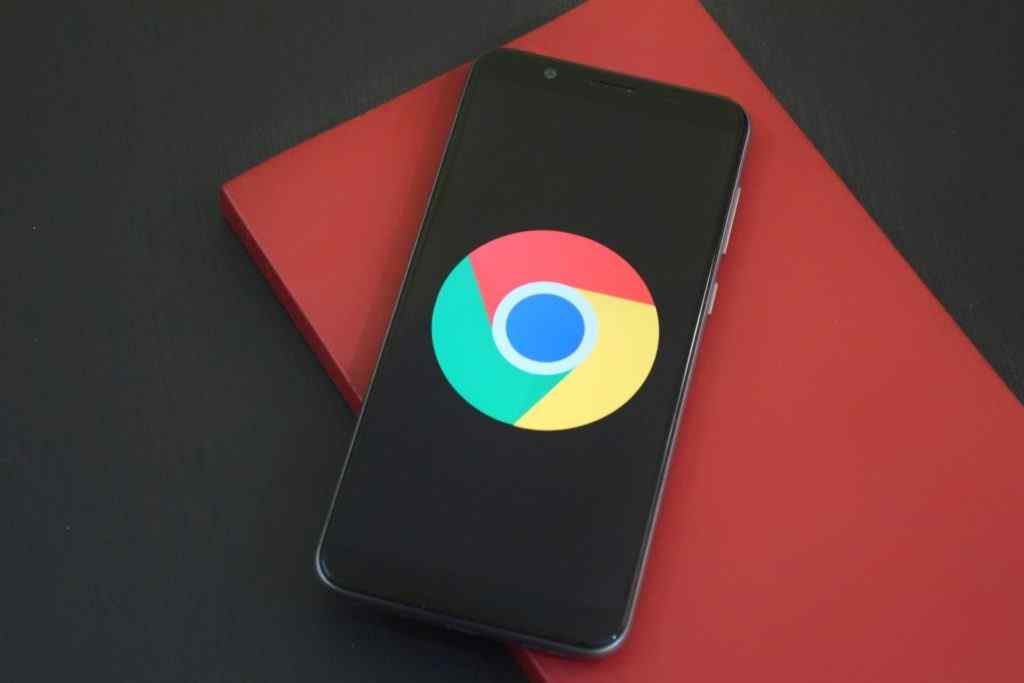14 Effective Ways to Speed Up Chrome Browser on Windows

If you’re fed up with your slow Chrome browser then don’t worry! Today we will delve into some effective solutions to speed up slow Google Chrome on Windows.
The Google Chrome browser is the most widely used web browser today. It is an essential tool for connecting to the internet and surfing the web. But sometimes this software from Google gets slow after opening many pages.
Speed Up Chrome Browser on Windows
It becomes frustrating because the navigation is no longer smooth. However, it is possible to fix the problem of your slow Chrome browser to make it faster with a few steps.
1. Keep Your Chrome Updated
To ensure your Chrome browser runs smoothly and swiftly, the first step is to ensure it’s up-to-date. Follow these simple steps:
- Open Chrome and click on the three-dots menu.
- Choose “Help” and click on “About Google Chrome.”
- Chrome will automatically check for updates and install the latest version.
- Once the update is complete, restart your Chrome for optimal performance.
2. Close Unnecessary Tabs
It’s common to have numerous tabs open when researching or working, but each tab consumes system resources, potentially slowing down Chrome. To address this issue:
- Open Task Manager by pressing Ctrl + Shift + Esc.
- Evaluate resource usage and close unnecessary tabs.
3. Enable Prediction Service
Google Chrome offers a useful feature known as the prediction service, which preloads webpages to enhance browsing speed. To enable it:
- Open Chrome and access “Settings.”
- Navigate to “Advanced” -> “Privacy and security.”
- Enable the “Use a prediction service to load pages more quickly” option.
- Restart your Chrome for the changes to take effect.
4. Clear Browsing Data
Cached data and browsing history can affect Chrome’s performance. To rectify this, follow these steps:
- Access Chrome’s settings.
- Navigate to “Advanced” -> “Privacy and security” -> “Clear browsing data.”
- Set the time range to “All time” and select all listed items.
- Click “Clear data” to remove unnecessary files.
- Reopen Chrome to enjoy improved speed.
5. Use the Chrome Cleanup Tool
Malware can also be a culprit in slowing down Chrome. Fortunately, Chrome provides a built-in cleanup tool. To utilize it:
- Access Chrome’s settings.
- Select “Reset and clean up” under “Advanced settings” and click “Clean up computer.”
- Click “Find” to scan for harmful software.
- If harmful software is detected, click “Remove” to delete it.
6. Close Background Apps and Pause Downloads
Closing unnecessary tabs, managing background apps, and pausing downloads can free up resources for Chrome. Follow these steps:
- Open Windows Settings (Windows + I).
- Navigate to “Privacy” and select “Background apps.”
- Disable apps that are not essential.
- Also, turn off “Let apps run in the background.”
- If Chrome is still slow, proceed to the next solution.
7. Clear Cache and Cookies
Cached data and cookies can accumulate and hinder Chrome’s performance over time. To address this issue:
- Open Chrome and click on the three dots.
- Access “Settings” and go to “Privacy and Security.”
- Under “Clear browsing data,” select “Cached images and files” and “Cookies and other site data.”
- Click “Clear data” to remove these files.
8. Disable Extensions
Extensions can significantly impact Chrome’s loading time. To disable them:
- Access Chrome’s menu and navigate to “More tools” -> “Extensions.”
- Disable all extensions or deactivate them one by one to identify the cause of the slowdown.
9. Check for Windows Updates
Keeping your Windows 11 operating system up-to-date is crucial for optimal performance. To check for updates:
- Access “Settings” and click on “Updates and Security.”
- Under “Windows Update,” click “Check for updates” to install pending updates.
10. Disable Hardware Acceleration
Hardware acceleration, while helpful, can sometimes cause slowdowns in Chrome. To disable it:
- Access Chrome’s settings and go to “Advanced.”
- Under “System,” disable “Use hardware acceleration when available.”
11. Experiment with Chrome Flags
Chrome Flags are experimental features that can enhance performance. To explore these settings:
- Type “chrome://flags” in the URL bar.
- Experiment with these settings to see if they improve your browser’s performance.
12. Create a New User Profile
A corrupted user profile can slow down Chrome. To create a new one:
- Access Chrome’s settings.
- Under “People,” click “Manage other people” and “Add person” to create a new profile.
13. Uninstall and Reinstall Chrome
As a last resort, you can uninstall and reinstall Chrome to start fresh:
- Access “Settings” and click on “Apps.”
- Search for “Google Chrome,” click on it, and select “Uninstall.”
- Download the latest version from the official website and reinstall it.
14. Memory Saver – Reclaim Used RAM
Google Chrome features a Memory Saver option, which frees up RAM by unloading inactive tabs. To use this feature:
- Explore Chrome’s settings to find the “Memory Saver” option.
- It is enabled by default, but you can customize it to suit your preferences.
Conclusion
These solutions can effectively resolve the issue of Google Chrome’s slow startup on Windows. Try these remedies one by one until you find the one that works best for you. By following these tips, you can enhance Chrome’s speed and enjoy a smoother browsing experience.
Also Read: How Brave browser is more interesting than Google Chrome
Follow Top and Trending on Google News and receive the latest alerts and the main news about apps, technology, beauty, entertainment, and all the top 10 related posts.
